Foro IB
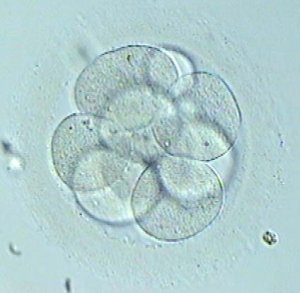
Embryo vitrification: when and how?
A good embryo freezing programme is essential when trying to increase the chances of pregnancy in couples who undergo assisted reproduction techniques. Over the last few years, we have observed a significant increase in thawing cycles with posterior embryo transfer […]
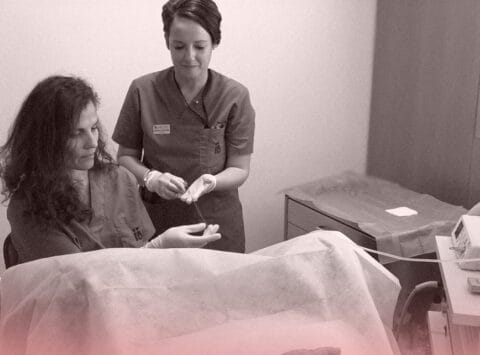
Diagnostic hysteroscopy is a technique that is offered at Instituto Bernabeu on an outpatient basis, providing a diagnosis without causing any major discomfort to the patient as it eliminates the need for bed rest, anaesthesia […]
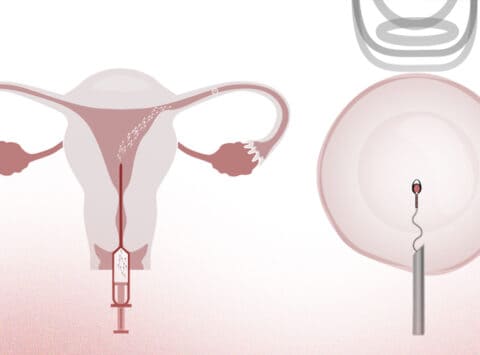
Differences between Artificial Insemination and In Vitro Fertilisation
Artificial insemination is a simple technique carried out on couples with specific fertility problems. The ideal candidate would be a young woman with permeable fallopian tubes, less than 3 years of sterility and a male […]
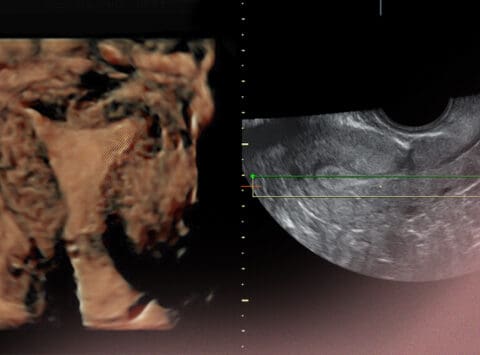
Importance of endometrial thickness in Assisted Reproduction treatments
Given the essential role of the endometrial receptivity in the success of any Assisted Reproduction treatment (In Vitro Fertilisation, frozen embryo transfers (CT) or egg donation cycles), the uterus’ capacity to “accept” the embryo must […]

October, Gynaecological Cancer Prevention Month
The two most commonly found malignant tumours in women are from cervical cancer and breast cancer. Early diagnosis of cervical cancer is possible due to first and secondary prevention techniques (vaccination and Pap smear). Breast […]

Embryo transfer. Everything you need to know
Embryo transfer is the point of culmination in a number of different courses of assisted reproduction treatment. Examples include in vitro fertilisation, egg donation, embryo adoption, using cryopreserved embryos and so on. Whilst it is not technically the most […]
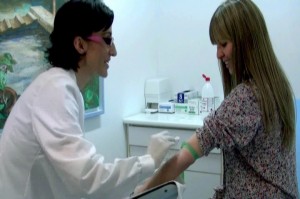
This post has been modified according to the latest updated use of Heparin in Assisted Reproduction treatments. Please check out the following link to see the latest publication on “Heparin as a Treatment for Repeat […]
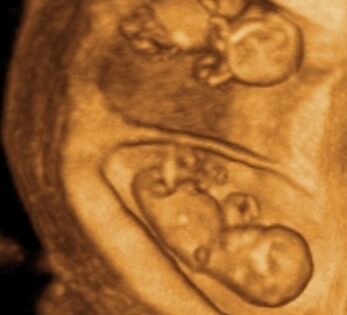
FIRST MONTH OF PREGNANCY: WEEK 6-9 (1st visit to gynaecologist)
During these first 8 weeks, our baby is in what we call the embryonic stage. Physiologically, babies begin to develop the beginnings of limbs, which will result in their arms and legs. Their height reaches 9 […]
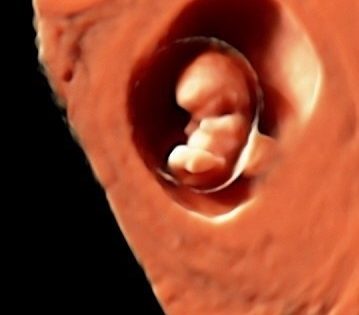
Recurrent pregnancy loss. Embryo implantation failure.
Perhaps one of the most devastating feelings that both doctors and patients have to endure during in vitro fertilisation (IVF) treatment is finding out that pregnancy has not been achieved following several attempts, or that […]
